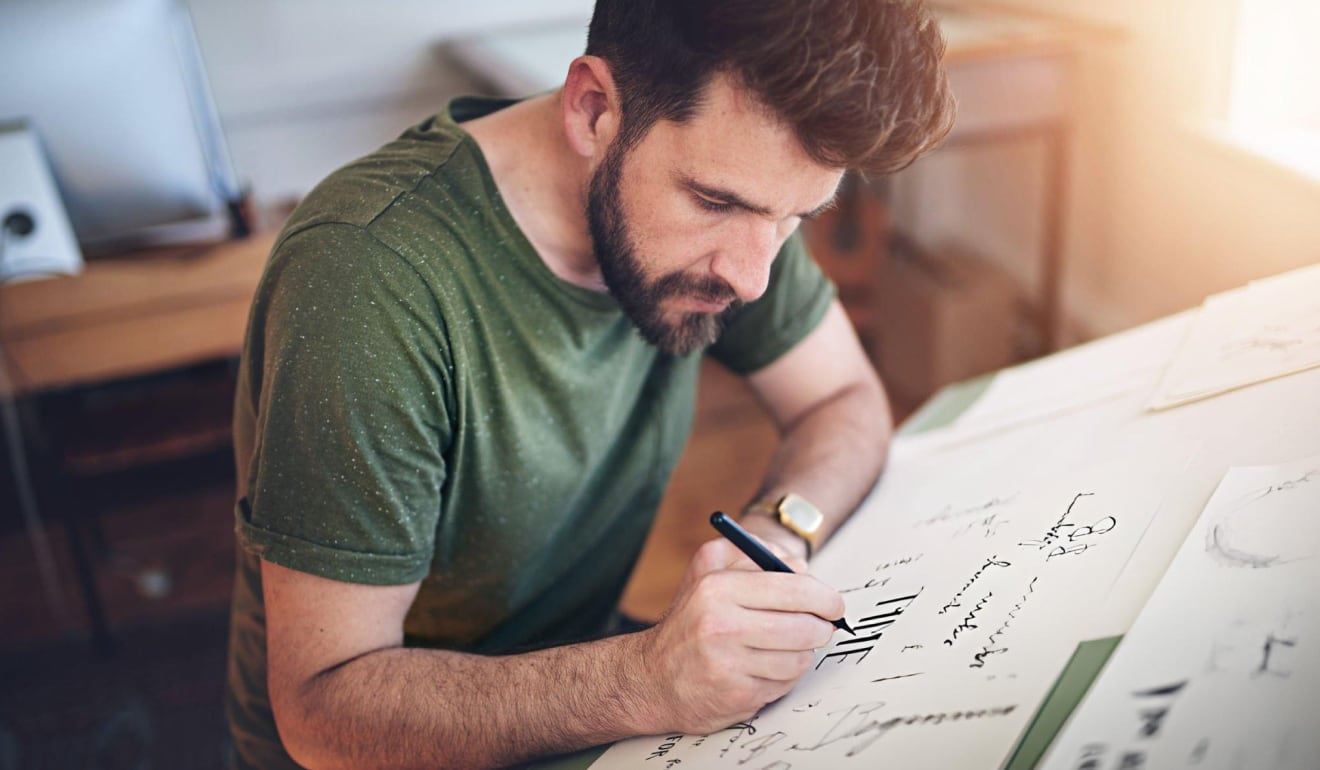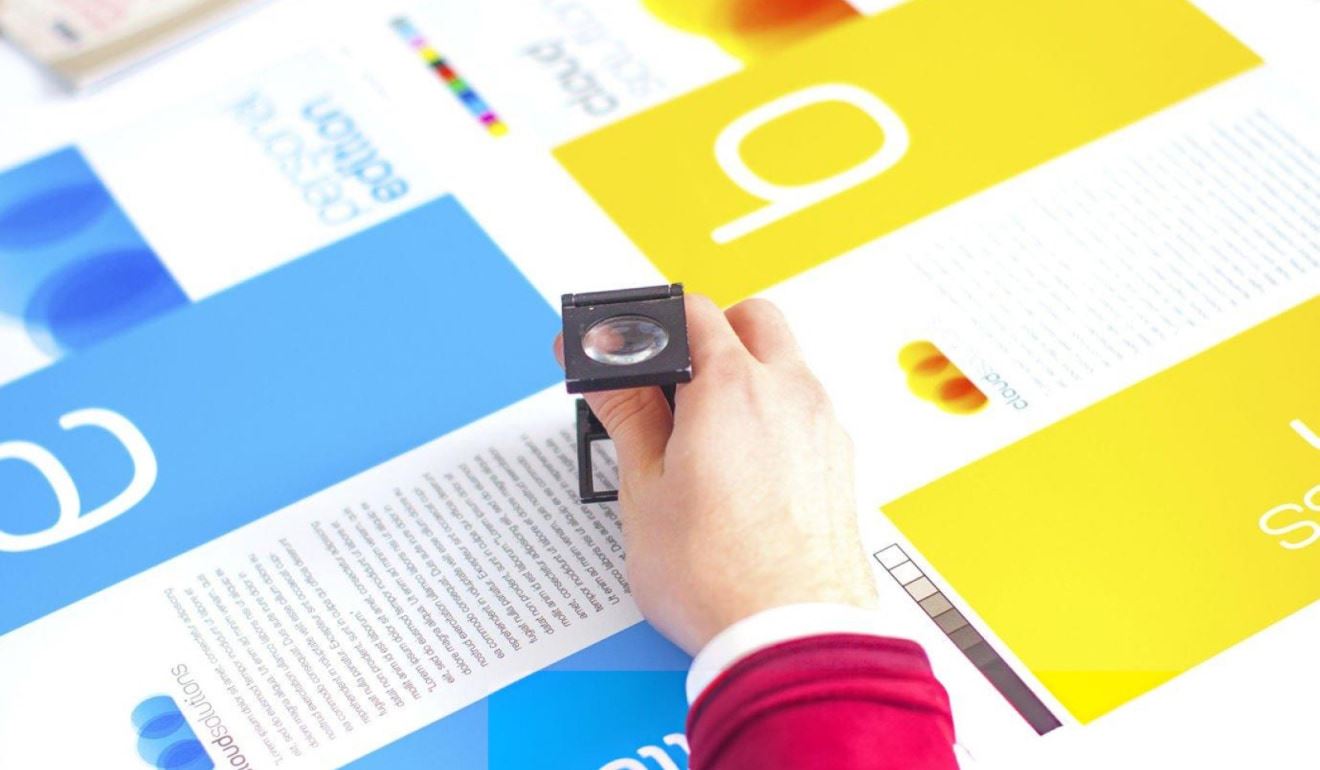Ultima is a website that offers a free library of high-quality illustrations. The library contains over 750 illustrations, which are divided into 30 different packs.
The influence of traditional art techniques on digital illustration

In recent years, digital illustration has become a popular medium for creating art. With the rise of digital tools and technology, it has never been easier for artists to create and share their work. However, many digital illustrators still draw inspiration from traditional art techniques. From the use of pencils and paints to the study of composition and color theory, traditional art techniques continue to shape the way digital illustration is created. In this blog post, we will explore the ways in which traditional art techniques are influencing digital illustration, and how these techniques are being used in modern digital art. We will look at examples of digital illustrations that draw inspiration from traditional art, and consider the impact of these techniques on the evolution of digital art. So whether you're a digital illustrator, traditional artist or just an art lover, this post will be a great read for you.
Exploring the Intersection of Tradition and Technology in Digital Illustration
Digital illustration has come a long way in recent years. With the advent of digital tools and technology, artists are now able to create and share their work in ways that were once unimaginable. However, while digital illustration may be a modern medium, it is still heavily influenced by traditional art techniques. From pencils and paints to composition and color theory, traditional art techniques continue to shape the way digital illustration is created.

One of the most notable ways in which traditional art techniques are influencing digital illustration is through the use of hand-drawn elements. Many digital illustrators still prefer to sketch their ideas on paper before transferring them to digital form. This allows them to explore different compositions, line weights, and textures, and to make adjustments before committing to a final image. Hand-drawn elements can also add a sense of warmth and personality to digital illustrations that might otherwise appear too polished or impersonal.
Another way in which traditional art techniques are influencing digital illustration is through the use of color theory. Traditional art has always placed a heavy emphasis on the use of color, and this is no different in digital illustration. Digital illustrators often study traditional color theory to understand how different hues, shades, and tones interact with one another. This knowledge allows them to create more harmonious and effective color palettes in their digital illustrations.
Finally, traditional art techniques are also influencing digital illustration through the use of composition. Composition is the arrangement of elements within a piece of art, and it is a key aspect of traditional art. Digital illustrators often study traditional composition techniques such as the rule of thirds and the golden ratio to create more balanced and dynamic digital illustrations.
The Role of Traditional Art Techniques in Modern Digital Illustration
Digital illustration has become a popular medium for creating art in recent years, but it still heavily draws inspiration from traditional art techniques. Many digital illustrators continue to use traditional art techniques to create a sense of warmth and personality in their digital illustrations, and to understand the use of color and composition.
One of the traditional art techniques that is commonly used in digital illustration is the use of pencils and paint. Sketching out ideas on paper before transferring them to digital form, allows for exploration of different compositions, line weights, and textures, and to make adjustments before committing to a final image. This technique also allows for the creation of hand-drawn elements, which can add a sense of warmth and personality to digital illustrations that might otherwise appear too polished or impersonal.
Another traditional art technique that is used in digital illustration is the use of color theory. Color theory is the study of how different hues, shades, and tones interact with one another. This knowledge is essential for creating harmonious and effective color palettes in digital illustrations. Digital illustrators often study traditional color theory to understand how to use color effectively in their digital illustrations.
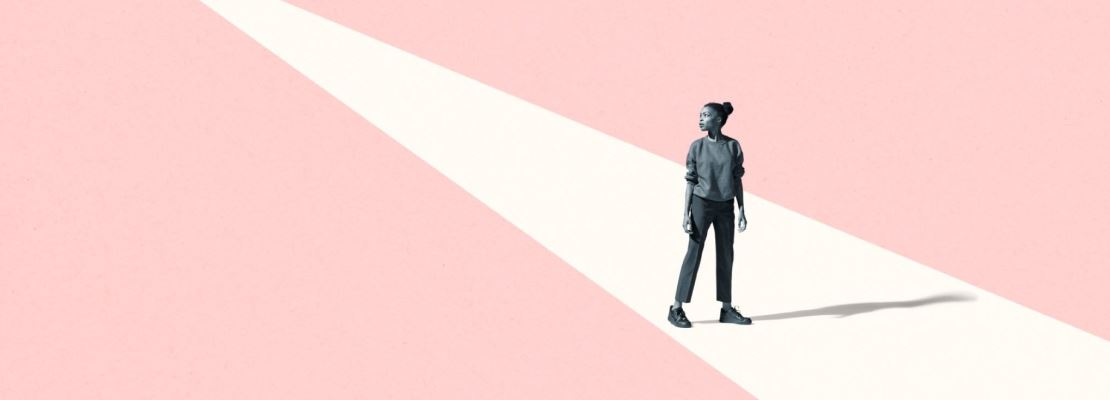
Composition is another traditional art technique that plays a crucial role in digital illustration. Composition is the arrangement of elements within a piece of art, and it is a key aspect of traditional art. Digital illustrators often study traditional composition techniques such as the rule of thirds and the golden ratio to create more balanced and dynamic digital illustrations.
From Pen and Paper to Pixels: How Traditional Art Techniques Shape Digital Illustration
Digital illustration has become a popular medium for creating art in recent years, but it still heavily draws inspiration from traditional art techniques. Many digital illustrators continue to use traditional art techniques to create a sense of warmth and personality in their digital illustrations, and to understand the use of color and composition.
The process of creating a digital illustration often begins with sketching out ideas on paper, using pencils and paint. This allows for exploration of different compositions, line weights, and textures, and to make adjustments before committing to a final image. This traditional art technique of sketching on paper allows for the creation of hand-drawn elements, which can add a sense of warmth and personality to digital illustrations that might otherwise appear too polished or impersonal.
Once the sketch is complete, the illustrator then transfers the idea to digital form. This can be done by scanning the sketch, or by re-drawing it using digital tools. The use of digital tools allows for greater control and flexibility in the creation of the final illustration. This is where traditional art techniques and digital technology intersect, traditional art techniques shape the way digital illustration is created, but digital technology allows for the final image to be polished and perfected.
Another traditional art technique that is used in digital illustration is the use of color theory. Color theory is the study of how different hues, shades, and tones interact with one another. This knowledge is essential for creating harmonious and effective color palettes in digital illustrations. Digital illustrators often study traditional color theory to understand how to use color effectively in their digital illustrations.
Finally, composition, which is the arrangement of elements within a piece of art, plays a crucial role in digital illustration as well. Digital illustrators often study traditional composition techniques such as the rule of thirds and the golden ratio to create more balanced and dynamic digital illustrations.
The Impact of Traditional Art on the Evolution of Digital Illustration
Digital illustration has come a long way in recent years, but it still heavily draws inspiration from traditional art techniques. The evolution of digital illustration can be traced back to the influence of traditional art techniques, which have played a crucial role in shaping the way digital illustration is created today.
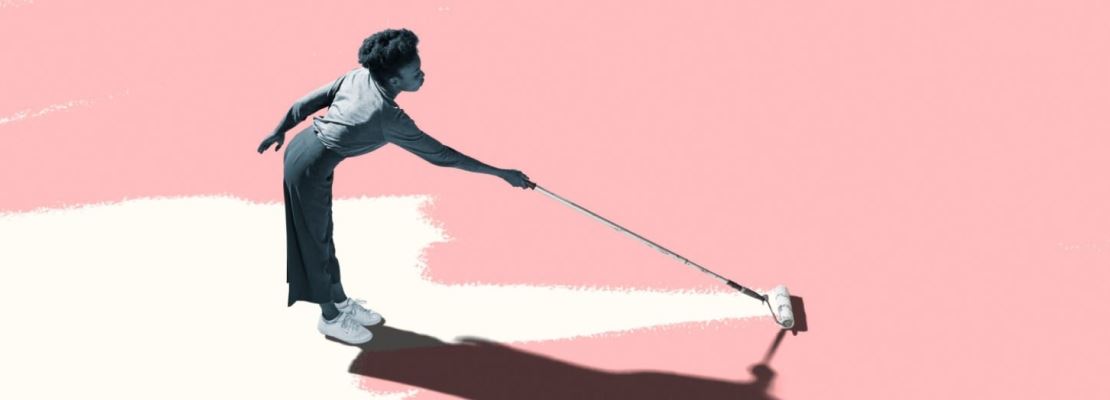
One of the most significant ways in which traditional art has impacted the evolution of digital illustration is through the use of hand-drawn elements. Traditional art has always placed a heavy emphasis on the use of pencils and paint to sketch out ideas. This technique allows for the exploration of different compositions, line weights, and textures, and to make adjustments before committing to a final image. This traditional art technique has been carried over into digital illustration, and it has played a crucial role in the development of digital tools and software that mimic the look and feel of traditional art materials.
Another way in which traditional art has impacted the evolution of digital illustration is through the use of color theory. Traditional art has always placed a heavy emphasis on the use of color, and this is no different in digital illustration. Digital illustrators often study traditional color theory to understand how different hues, shades, and tones interact with one another. This knowledge has led to the development of digital tools and software that allow for greater control and flexibility in the use of color in digital illustration.
Finally, traditional art techniques have also played a crucial role in the evolution of digital illustration through the use of composition. Composition is the arrangement of elements within a piece of art, and it is a key aspect of traditional art. Digital illustrators often study traditional composition techniques such as the rule of thirds and the golden ratio to create more balanced and dynamic digital illustrations. This has led to the development of digital tools and software that allow for greater control and flexibility in the use of composition in digital illustration.
In conclusion, traditional art techniques have had a significant impact on the evolution of digital illustration. From the use of hand-drawn elements to the study of color theory and composition, traditional art techniques continue to play a crucial role in shaping the way digital illustration is created today. And this influence continues to drive the evolution of digital tools and software, making them more realistic, flexible and powerful.
Bridging the Gap: How Traditional Art Techniques are being used in Digital Illustration
Digital illustration has become a popular medium for creating art in recent years, but it still heavily draws inspiration from traditional art techniques. Many digital illustrators continue to use traditional art techniques to create a sense of warmth and personality in their digital illustrations, and to understand the use of color and composition.
One way in which traditional art techniques are being used in digital illustration is through the use of hand-drawn elements. Many digital illustrators prefer to sketch their ideas on paper before transferring them to digital form, allowing them to explore different compositions, line weights, and textures. This technique also allows for the creation of hand-drawn elements, which can add a sense of warmth and personality to digital illustrations that might otherwise appear too polished or impersonal.
Another way traditional art techniques are being used in digital illustration is through the use of color theory. Color theory is the study of how different hues, shades, and tones interact with one another. This knowledge is essential for creating harmonious and effective color palettes in digital illustrations. Digital illustrators often study traditional color theory to understand how to use color effectively in their digital illustrations.
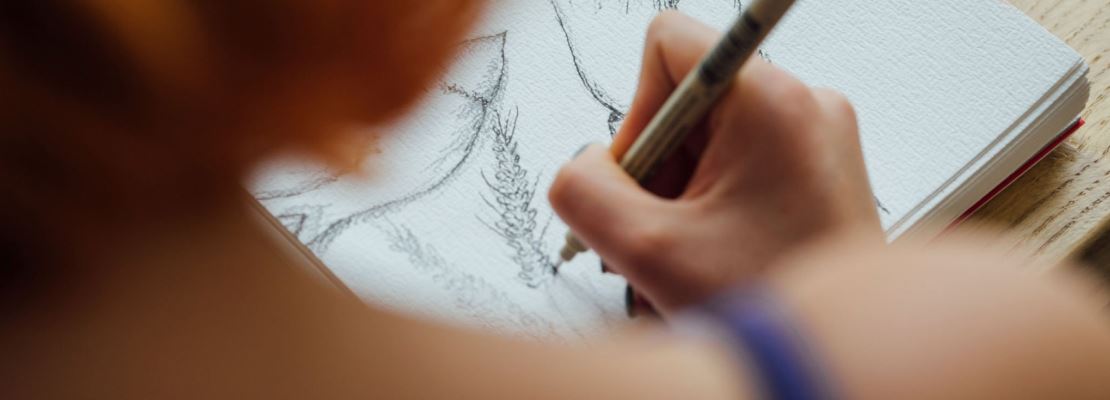
Composition, which is the arrangement of elements within a piece of art, is another traditional art technique that plays a crucial role in digital illustration. Digital illustrators often study traditional composition techniques such as the rule of thirds and the golden ratio to create more balanced and dynamic digital illustrations.
The use of traditional art techniques in digital illustration not only helps to create unique and beautiful digital illustrations, but it also helps to bridge the gap between traditional art and digital art. It allows digital illustrators to draw inspiration from the past while creating something new and innovative. And also allows traditional artists to learn and adapt new techniques, software and tools.
The Continuation of Tradition in the Digital Age: The Influence of Traditional Art on Digital Illustration
Digital illustration has become a popular medium for creating art in recent years, but it still heavily draws inspiration from traditional art techniques. Many digital illustrators continue to use traditional art techniques to create a sense of warmth and personality in their digital illustrations, and to understand the use of color and composition.
One way in which traditional art techniques are influencing digital illustration is through the use of hand-drawn elements. Many digital illustrators prefer to sketch their ideas on paper before transferring them to digital form, allowing them to explore different compositions, line weights, and textures. This technique also allows for the creation of hand-drawn elements, which can add a sense of warmth and personality to digital illustrations that might otherwise appear too polished or impersonal.
Another way traditional art techniques are influencing digital illustration is through the use of color theory. Color theory is the study of how different hues, shades, and tones interact with one another. This knowledge is essential for creating harmonious and effective color palettes in digital illustrations. Digital illustrators often study traditional color theory to understand how to use color effectively in their digital illustrations.
Composition, which is the arrangement of elements within a piece of art, is another traditional art technique that plays a crucial role in digital illustration. Digital illustrators often study traditional composition techniques such as the rule of thirds and the golden ratio to create more balanced and dynamic digital illustrations.
The influence of traditional art on digital illustration is a continuation of tradition in the digital age. It allows digital illustrators to draw inspiration from the past while creating something new and innovative. And also allows traditional artists to learn and adapt new techniques, software and tools. It helps to keep the rich history and techniques of traditional art alive and relevant in the digital age.
FAQ
Traditional art techniques such as sketching, painting, color theory, and composition continue to play a significant role in shaping digital illustration.
Sketching on paper allows digital illustrators to explore different compositions, line weights, and textures, and make adjustments before committing to a final image.
Hand-drawn elements can create a sense of imperfection and authenticity that is difficult to achieve with digital tools alone.
Color theory is the study of how different hues, shades, and tones interact with one another. It is important in digital illustration to create harmonious and effective color palettes.
Digital illustrators often study traditional color theory to understand how to use color effectively in their digital illustrations, such as complementary colors or analogous color schemes.
Digital illustrators often use traditional composition techniques such as the rule of thirds and the golden ratio to create more balanced and dynamic digital illustrations.
Digital technology allows artists to experiment with different elements of their work, such as color, texture, and composition, and make adjustments until they achieve the desired result.
